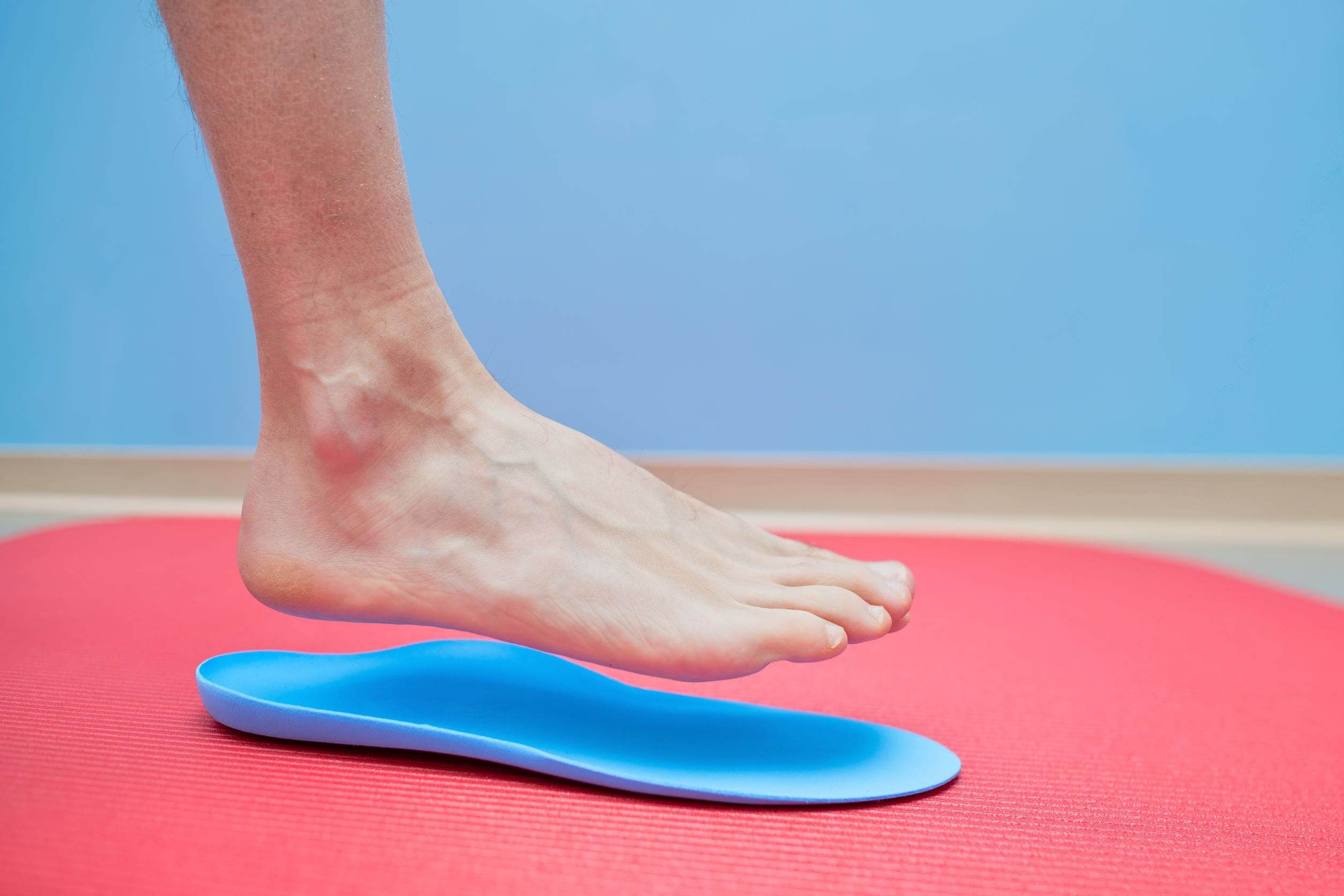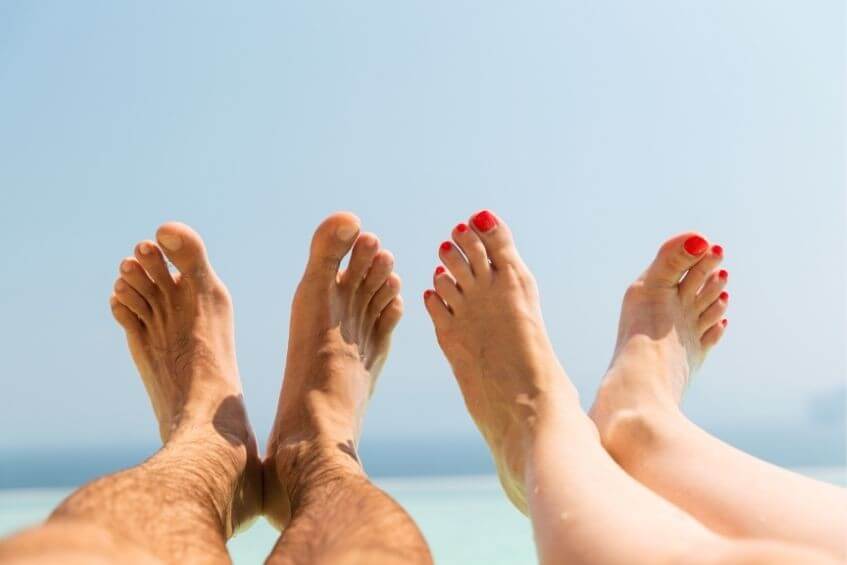
Your heels play a crucial role in supporting the foot, helping to shape the arch and distributing forces evenly across the foot when you walk, run, or jump. Made up of fatty tissue, the heel cushions and protects the heel bone (calcaneus) as well as the muscles, ligaments, and other structures within the foot. With the heel absorbing much of the impact from daily activities, it's no surprise that pain in this area is a frequent complaint.
Many cases of heel pain arise from overuse, where repetitive activities or added strain, such as during exercise, put extra pressure on the
heel. Depending on the nature of the issue, pain can develop at different points—on the bottom, side, or back of the heel. This pain can
start gradually or come on suddenly, and the intensity may vary from mild discomfort to sharp, debilitating pain.
It's important to identify the underlying cause of heel pain to treat it effectively. Your podiatrist will typically assess the foot through a physical examination and may use imaging tests to better visualise any internal damage. Once the root of the pain is determined, treatment usually focuses on reducing discomfort, addressing inflammation, and promoting healing.
Conservative treatments often provide significant relief for most cases of heel pain. These can include rest, applying ice to reduce inflammation, and performing specific stretches and exercises to relieve pressure on the heel. Custom orthotics or supportive footwear can also be beneficial in providing extra cushioning and preventing further strain on the heel. In some cases, physical therapy may be recommended to strengthen the muscles and ligaments around the foot, improving flexibility and helping to prevent future injury.
By addressing heel pain early and following a treatment plan tailored to your needs, you can return to your usual activities and avoid the long-term discomfort that can result from untreated foot problems.
Below, we've highlighted the most common causes of heel pain. Click through for more information on each one and to find out how we would treat the condition, or talk with one of our qualified Brisbane podiatrists directly.
Plantar fasciitis occurs when your plantar fascia, the thick fibrous band of tissue in the bottom of the foot is placed under increased stress, causing painful inflammation.
A cracked heel are a common foot problem that occurs when dry, thick skin on the bottom of your heels cracks and splits.
Warts are a growth on the skin that is caused by a viral infection. They are very contagious so you will usually pick them up in communal areas (such as swimming pools). A wart that you find on the sole of your foot is officially called a plantar wart.
Sever's disease (calcaneal apophysitis) is one of the most common causes of heel pain in children and young adolescents, occurring from inflammation of the growth plate in the heel.
Corns & calluses are areas of thickened skin caused by pressure or friction. Calluses are not usually painful whereas a corn is smaller and has a painful "core" centre surrounded by inflamed skin.
A blister, or specifically a friction blister, is a fluid-filled sac enclosed by skin that develops on the outer layers of your skin in response to repetitive friction, usually caused by ill-fitting shoes.
Heel spurs (calcaneal spurs) are bony bumps of calcium deposits that form on the heel bone. They often result from long periods (months and years) of stress being placed on the tendons that attach to the heel bone.
Athlete's Foot is a contagious fungal infection that affects the skin on your feet. This fungus causes the skin to become itchy, red and often flaky, particularly between the toes or on the soles of your feet.
Achilles tendinopathy is a degenerative condition thought to be caused by gradual wear and tear of the tendon, usually from overuse or ageing.

If you are injured and experiencing heel pain, the first thing you should do is look at your activity levels and modify them if needed.
Follow these three simple rules to help manage your heel pain

Not everyone needs orthotics, but they can play an integral role in treating or relieving pain in several foot and lower limb conditions.

The heat and humidity of an Australian summer makes it a prime time for issues to arise, so our newest podiatrist Lucy has put together seven helpful tips to keep your feet healthy and problem free throughout summer.
| Monday | 7:40am - 6:00pm |
| Tuesday | 7:40am - 6:00pm |
| Wednesday | 7:40am - 6:00pm |
| Thursday |
7:40am - 6:00pm |
| Friday | 7:40am - 2:00pm |
| Saturday | CLOSED |
| Sunday | CLOSED |
Ground Floor, 344 Queen Street,
Brisbane City QLD 4000
| Monday | 7:40am - 6:00pm |
| Tuesday | 7:40am - 6:00pm |
| Wednesday | 7:40am - 6:00pm |
| Thursday |
7:40am - 6:30pm |
| Friday | 7:40am - 5:00pm |
| Saturday | 7:40am - 4:30pm |
| Sunday | CLOSED |
Newmarket Village, 114/400 Newmarket Rd, Newmarket QLD 4051